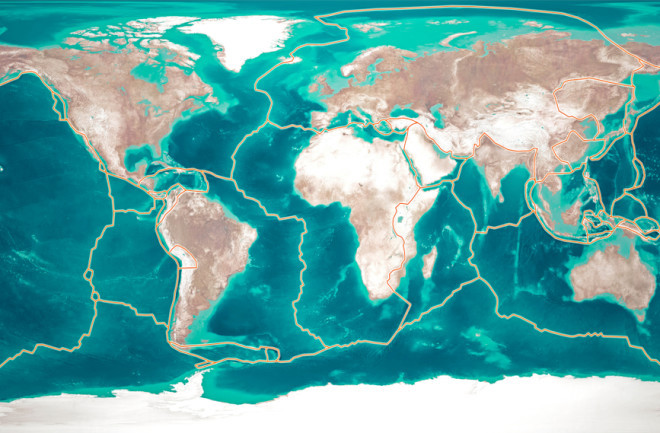Scientific opinion shifts in the same way continents do — very, very slowly. Sometimes the change is so long coming that the author of a new theory doesn’t live to see his work vindicated. Sometimes he freezes to death, on an expedition in an Arctic wasteland, decades before his peers finally recognize him as a visionary.
Such was the fate of Alfred Wegener (1880-1930), a German scientist who lived and died with the unwavering conviction that the ground we stand upon is not as solid as it seems. He was right, of course. Geologists today accept the basics of his theory of continental drift — albeit in the more refined context of plate tectonics — as a fact of nature: Our planet’s configuration of land and ocean was different millions of years ago, and will be different millions of years from now.
The experts of Wegener’s own time, however, dismissed the theory as pseudoscience and diagnosed him with “moving crust disease and wandering pole plague.” They did eventually join him on the right side of history, after a half-century's worth of efforts to discredit his work and disparage his character. But as he waited for the rest of the world to embrace his ideas, it may well have felt like standing on the Florida coast and watching the horizon for the approach of Africa.
An Outside Perspective
The man who toppled the edifice of geological knowledge wasn’t even a geologist. A trained astronomer, yes; a daring and renowned explorer, yes; an authority on Earth sciences, no. Wegener was a meteorologist, better known for holding the world record for the longest hot-air balloon flight rather than rock-related research.







